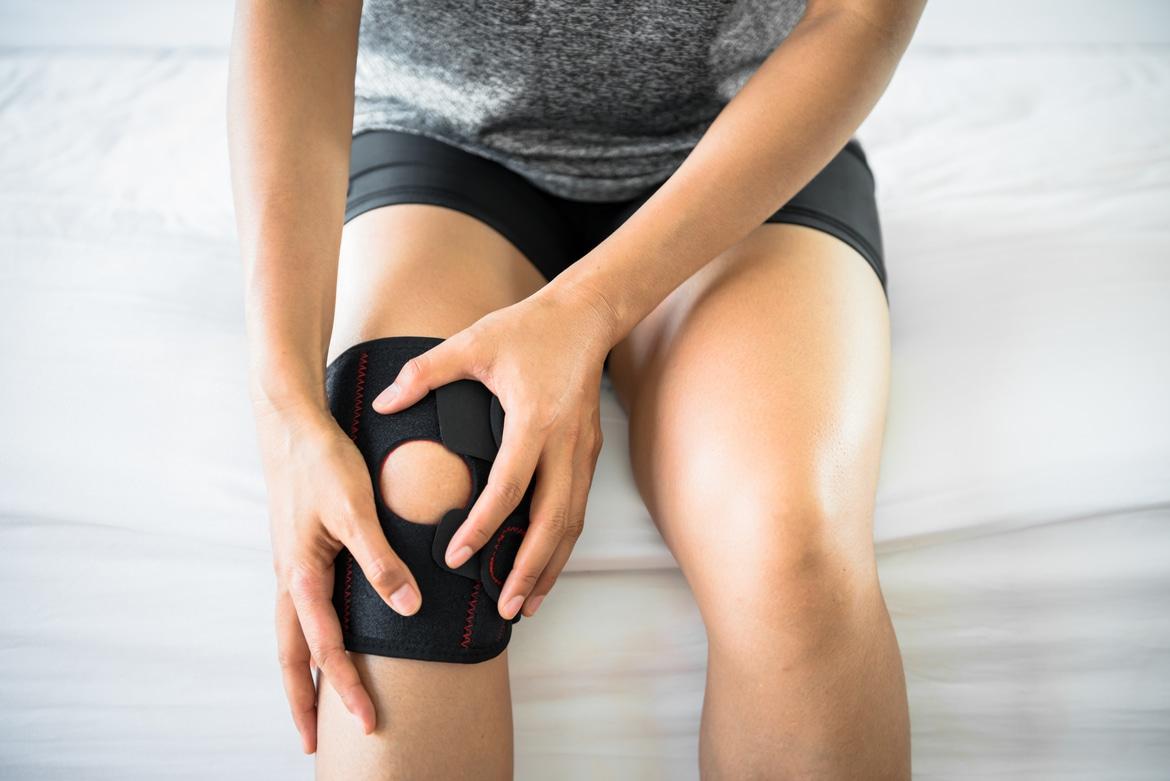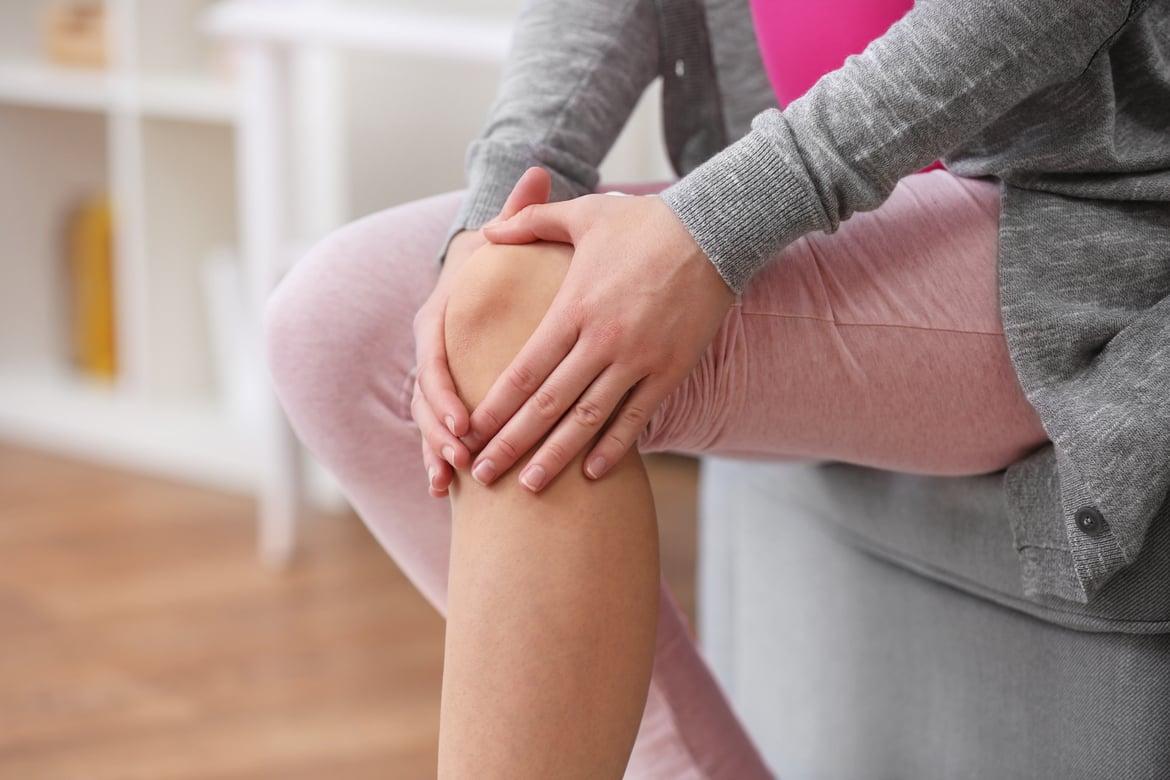-
-
Featured Care Areas

Knee Arthritis
How is knee arthritis diagnosed?
A physical examination will be conducted to:
- Detect joint swelling, warmth, redness and tenderness
- Test for range of movement, stability and strength
Several tests will help to confirm the diagnosis and type of knee arthritis that you are experiencing. These include:
- Imaging tests such as X-rays, magnetic resonance imaging (MRI), computed tomography (CT) scan or bone scan to provide a detailed picture of the knee joint. This will allow your doctor to look for narrowing of the joint space, changes in the bone or the formation of bone spurs that are causing your symptoms.
- Blood tests can help to support your doctor’s diagnosis for certain types of knee arthritis, such as rheumatoid arthritis.
How is knee arthritis treated?
Treatment of knee arthritis involves non-surgical and surgical options.
Non-surgical options
Non-surgical methods aim to relieve pain and improve mobility. These include:
- Exercise plays a role in reducing weight and therefore pressure on the knee joints. Low-impact exercises such as cycling or swimming are preferable. Studies also show that individuals who exercise regularly experience less pain.
- Physiotherapy is important to improve strength to reduce pressure on the knees and to improve range of motion.
- Home-based aids such as a compression sleeve or knee brace can help support the knee joint
- Pain-relief medication including over-the-counter medicines and prescription painkillers. Take all medications with care and according to your doctor’s instruction.
- Injections such as corticosteroid, hyaluronic acid or platelet-rich plasma are injected directly into the knee and may reduce pain for a limited period of time.
Surgical options
Surgery for knee arthritis may be recommended if non-surgical options are unsuccessful. These procedures repair or remove damaged portions of the knee joint to relieve pain. They include:
- Arthroscopy to treat a torn meniscus
- Cartilage grafting to replace damaged cartilage
- Synovectomy to remove joint lining damaged by rheumatoid arthritis
- Osteotomy to reshape the thighbone or shinbone to relieve pressure on the knee joint
- Arthroplasty (partial or total knee replacement) to remove damaged cartilage and bone, and replacing it with a metal or plastic piece
This coverage checker is brought to you by Health Insured, an online resource that helps you understand your health coverage in Singapore.
This page has been reviewed by our medical content reviewers.
Need help?
For enquiries, please call
+65 6377 3737
For appointment bookings, please WhatsApp
+65 8111 3777







